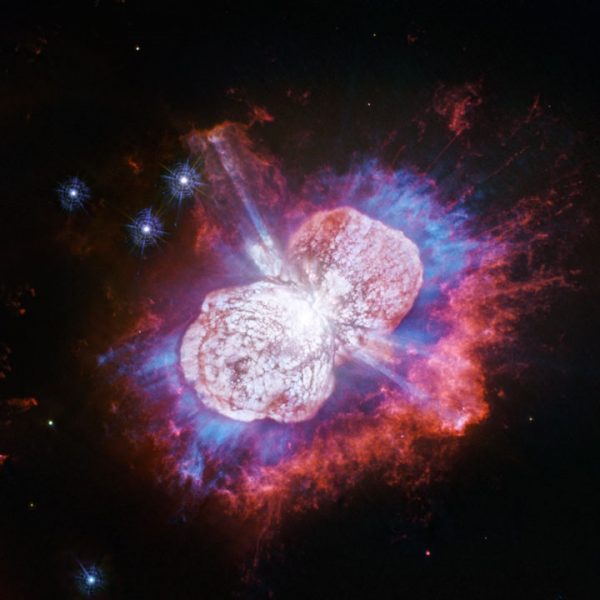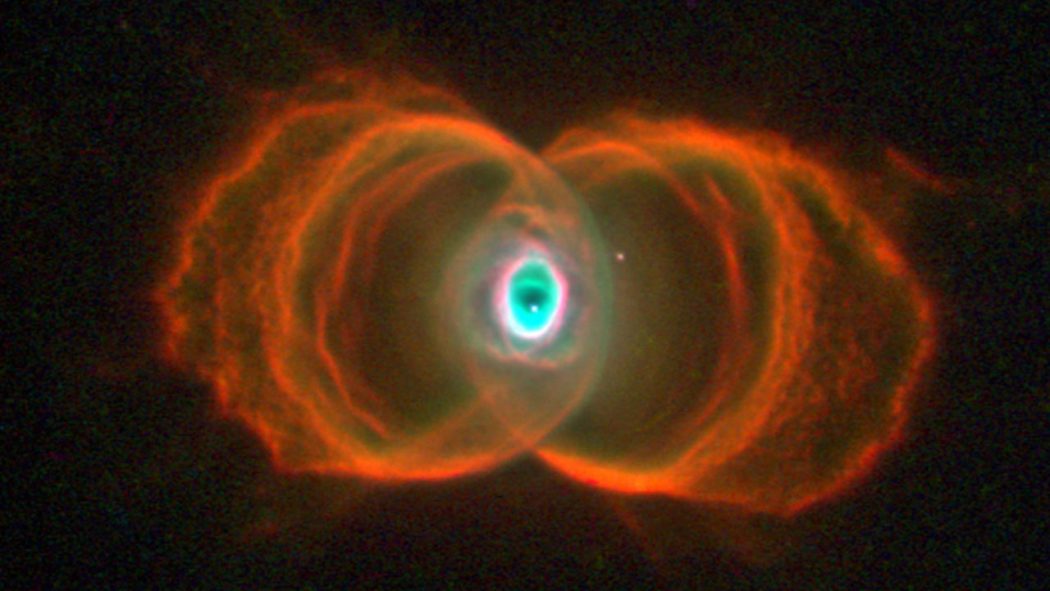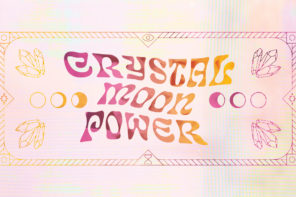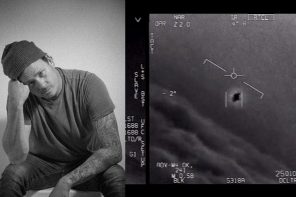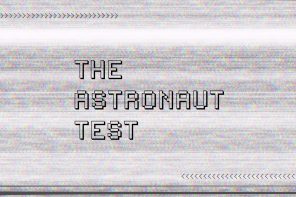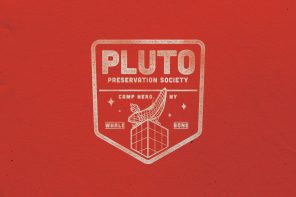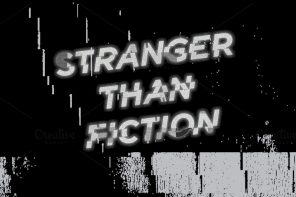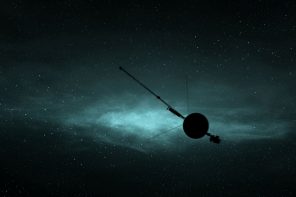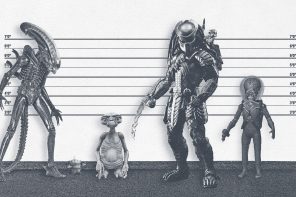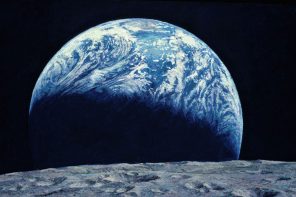Physicists are made of atoms. A physicist is an attempt by an atom to understand itself.
–Michio Kaku
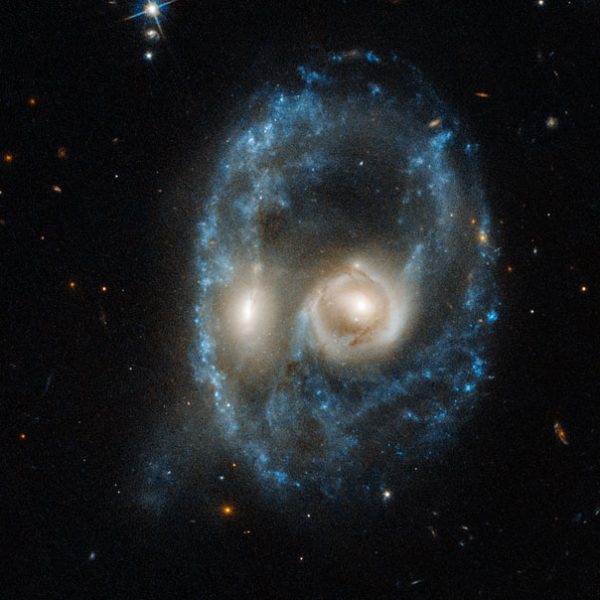
When astronomers and scientists look at the images Hubble beams down to them from its low-earth orbit they don’t expect to see anyone looking back.
But included in a cache of recent photos from Hubble are what looks like a pair of eyes staring out of a ghostly face. Of course, it isn’t. It’s a head-on collision between two galaxies, the crash stretching the galaxies’ dust, gasses and stars outward to form a ring and the bright cores clashing making the eyes in a formation that would have lasted “only” about a 100 million years—or maybe the universe just has a funny sense of humor.
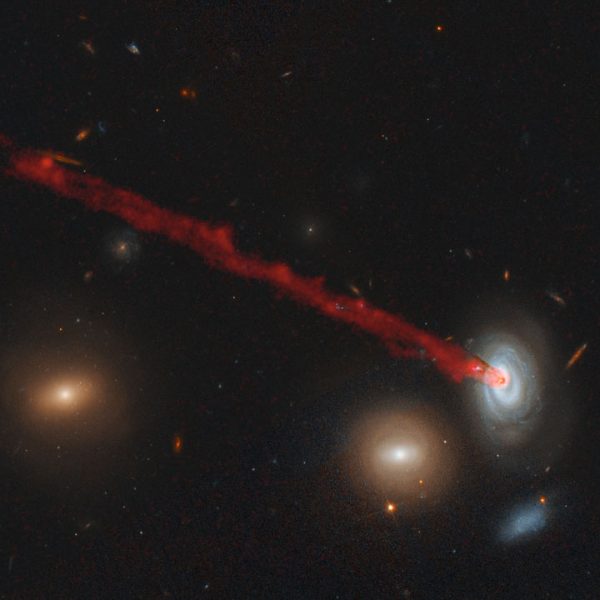
“EXPLORATION IS IN OUR NATURE. WE BEGAN AS WANDERERS, AND WE ARE WANDERERS STILL. WE HAVE LINGERED LONG ENOUGH ON THE SHORES OF THE COSMIC OCEAN. WE ARE READY AT LAST TO SET SAIL FOR THE STARS.” –CARL SAGAN
These sorts of collisions were not uncommon in the young universe, and Hubble, looking back through time the further it reaches, sees a lot of this sort of wreckage, looking back hundreds of millions of years to when the universe was much younger and galaxies were forming. Light takes a year to travel 10 trillion kilometers (that is 13 zeros). The closest star to us, the Sun, is about 93 million miles away. If it exploded, even Hubble wouldn’t know about it for 8 minutes and 20 seconds. Then we’d all be vaporized. Since she was sent into orbit by the shuttle Discovery, besides galaxies colliding, Hubble has witnessed planets breaking apart, stars extinguishing and exploding, time and space warping unexpectedly and all manner of weird cosmic eyeballs staring back.
Simply put, Hubble is an attempt by the universe to understand itself.
